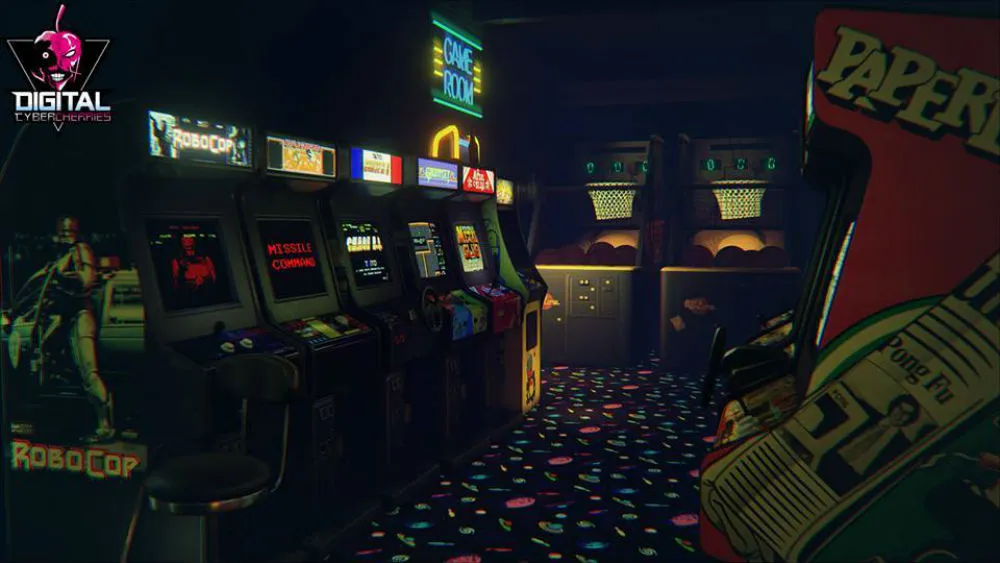The first weekend of Coachella aside, VRLA was definitely the hottest ticket in Los Angeles. L.A.’s convention center floor was packed as people waited in three-hour lines to hunt for Easter Eggs in a Hololens or pit immortal babies against each other in a fight to the digital death.
At Tribeca in New York, many attendees to the Immersive Arcade reported that they could only get through a handful of experiences in their allotted time, as the waits were far too long. Meanwhile, newly-opened VR arcades are reporting massive turnouts, and more are popping up all the time, ranging from large installations to mom-and-pop storefronts. Spending a day checking out VR might well become one of the must-do items of summer 2017.
In many respects, this is a great thing. More people experiencing and learning about VR is always good, and anything that creates another revenue stream for creators can only be positive. Raising the profile of VR will potentially lead to more funding partners jumping on, or existing partners upping their commitments.
But there are plenty of downsides to consider as well.
Long lines plague many venues (see above), and people will start getting frustrated if they associate VR with standing around and waiting for something that can be perceived as a letdown once they get inside the headset. Beyond that, many of these arcades are really only meant for a single visit. They’re well-designed and the tech is amazing, but they feel sterile and off-putting — you don’t want to hang out for very long.
One of the best VR arcades I’ve ever seen was a little bootleg joint in San Francisco, where space for a single Vive had been carved out of the corner of a bar. It wasn’t much on the tech side, but you could sit and have a beer and a snack, and watch your friends do the experiences — it seemed like a place where you could keep coming back.
Even if we installed beer gardens and snack bars in every arcade, however, there would be a larger issue: the branding of VR as a special occasion experience as opposed to something you do every day. Sure, plenty of other mediums started out that way, most notably movies and games. But it took a very long time for both to become in-home activities.
Interest in VR would have to scale rapidly in order to reach the level of movie theaters or arcades. And with other ways to spend leisure time that weren’t available back when theaters and arcades were out-of-home-only, it seems being reserved for single uses could set VR back.
The key is to make sure in-home VR rises just as quickly as arcades. Getting headsets like the Gear or the Daydream into as many hands as possible, and creating as much great content for those platforms, is the only way this succeeds.
The costs and equipment needs for more immersive rigs will fall eventually, but getting people interested in VR now will create more demand once a Vive or a Rift is affordable for broader consumer use. People didn’t stop going to movie theaters once the VCR was in every home, and they appreciated the difference in the two experiences, even though they were fundamentally the same thing. But if we let VR stay confined to public spaces, we risk stunting the growth of the medium.
Cortney Harding is a contributing columnist covering the intersection of VR and media. This column is an editorial product of TVREV, produced in partnership with Vertebrae, the native VR/AR ad platform.




























